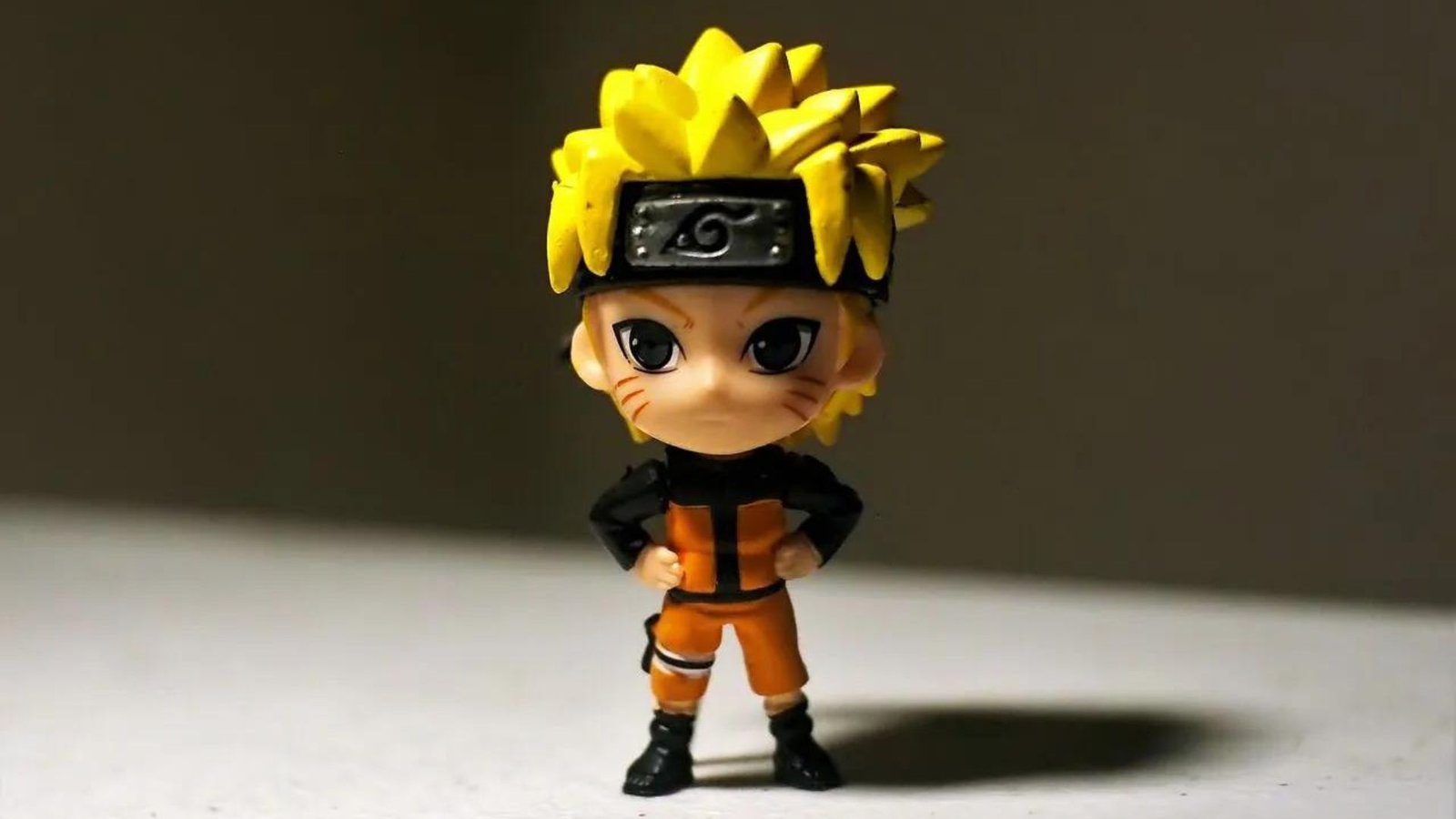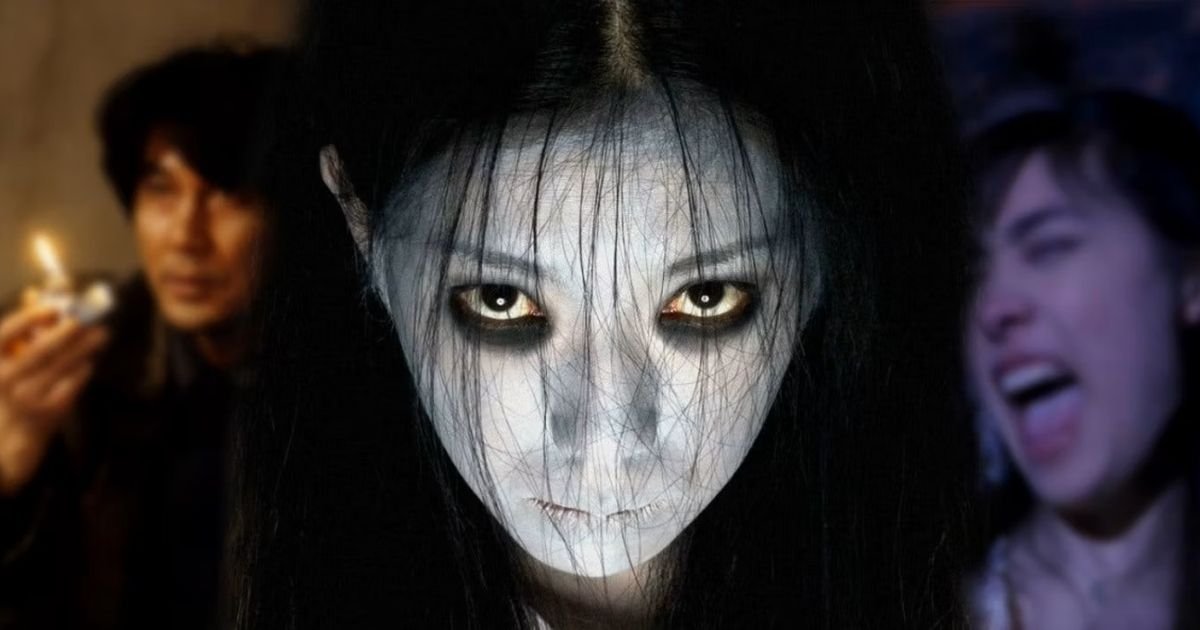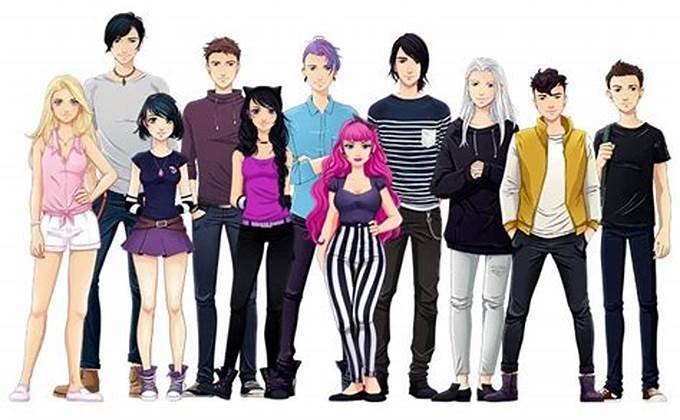Manga, the uniquely Japanese art form of comic books and graphic novels, has long been a source of inspiration for filmmakers. Many of Japan’s most successful and beloved films have been adapted from manga, bringing richly illustrated stories to life on the big screen. This article explores some of the most iconic and influential Japanese films based on manga, highlighting how filmmakers have transformed these illustrated narratives into captivating cinematic experiences.

The Rise of Manga-to-Film Adaptations
The transition from manga to film is not just about retelling a story. It involves a creative process where the visual language of manga is reimagined in motion, with sound and acting adding new layers to the story. Manga has given filmmakers access to a wealth of established stories, character designs, and fanbases, making these adaptations highly anticipated by both manga readers and filmgoers.
Why Manga Makes Great Source Material
Manga often features complex characters, imaginative worlds, and long, serialized stories that lend themselves well to film. The visual nature of manga also provides filmmakers with a strong foundation for crafting visually dynamic films. Moreover, the popularity of manga in Japan means that there is often a built-in audience eager to see their favorite stories adapted to the big screen.
Iconic Films Based on Manga
Over the years, many manga-to-film adaptations have become iconic in both Japan and globally. These films often preserve the core elements of the original manga while making use of the cinematic medium to enhance the storytelling.
Akira (1988)
One of the most famous examples of a manga-to-film adaptation is Akira, directed by Katsuhiro Otomo, who also authored the original manga. Set in a dystopian future Tokyo, Akira is a visually stunning and thematically complex film that explores issues of power, corruption, and identity. The film is widely regarded as a masterpiece of Japanese animation and has had a lasting influence on global pop culture, including inspiring Western filmmakers.
Death Note (2006)
Based on the popular manga series by Tsugumi Ohba and Takeshi Obata, Death Note was adapted into a live-action film in 2006. The story follows a high school student who gains the power to kill anyone whose name he writes in a supernatural notebook. The film remains faithful to the dark themes of the manga, focusing on morality, justice, and the corrupting influence of power.
The Death Note franchise has continued to expand with multiple sequels, anime adaptations, and even a Hollywood-produced version, demonstrating the enduring appeal of this manga.
Rurouni Kenshin (2012)
Rurouni Kenshin, adapted from Nobuhiro Watsuki’s manga, is one of the most successful live-action manga films. Set in the Meiji era, the film follows a wandering swordsman with a dark past who vows never to kill again. The live-action adaptation captures the action-packed sword fights and emotional depth of the manga, making it a box-office hit and spawning multiple sequels.
Oldboy (2003)
While Oldboy is often associated with Korean cinema, it is based on the Japanese manga of the same name by Garon Tsuchiya and Nobuaki Minegishi. The 2003 film by Park Chan-wook became an international sensation for its intense plot and psychological depth, telling the story of a man mysteriously imprisoned for 15 years, only to be released and seek vengeance. Though the film takes liberties with the original manga, it remains a powerful adaptation that blends the source material’s dark themes with a unique cinematic vision.
Anime vs. Live-Action: Two Approaches to Adaptation
There are two main ways manga has been adapted to film: anime adaptations and live-action adaptations. Both offer different storytelling opportunities and challenges.
Anime Adaptations
Anime films often have an advantage in adapting manga because they can stay closer to the original art style. Many of the most successful manga-to-film adaptations, like Akira and Your Name (based on a manga adaptation), have been animated, allowing the filmmakers to directly translate the visual elements of the manga onto the screen. Animation also provides more flexibility in terms of portraying fantastical elements and action scenes.
Live-Action Adaptations
Live-action adaptations offer the opportunity to bring manga stories into a more realistic world, but they also face greater challenges. Directors need to carefully balance staying true to the source material while making the characters and settings believable in a live-action context. While some live-action adaptations like Rurouni Kenshin have been praised for their faithfulness and high production value, others have faced criticism for their casting choices or deviations from the manga’s tone and plot.
Challenges in Adapting Manga to Film
Despite the success of many manga-to-film adaptations, there are significant challenges involved in bringing these stories to the screen. One of the biggest challenges is condensing long-running manga series into a single film or a limited number of sequels. Manga often spans multiple volumes, with intricate plots and deep character development that can be difficult to capture within the constraints of a movie’s runtime.
Another challenge is finding the right balance between honoring the source material and making necessary changes for the film medium. Fans of the original manga may have strong opinions about what should or shouldn’t be included in the film, which can put pressure on filmmakers to deliver an adaptation that satisfies both hardcore fans and new viewers.
The Global Appeal of Manga-Based Films
Manga-based films have found success not only in Japan but also internationally. The global popularity of manga and anime has created a demand for these adaptations, with films like Akira and Death Note gaining cult followings overseas. Streaming platforms have further increased the accessibility of these films, making it easier for international audiences to experience Japan’s unique visual storytelling.
Hollywood’s Take on Manga Adaptations
In recent years, Hollywood has also begun to explore manga adaptations, though with mixed results. Films like Alita: Battle Angel (2019) and Netflix’s Death Note (2017) have attempted to bring manga stories to a Western audience, with varying degrees of success. These adaptations often face criticism for straying too far from the source material or for casting choices that are perceived as misrepresenting the characters.
Conclusion
Japanese films based on manga have become a beloved genre, blending the visual beauty of manga with the immersive experience of cinema. Whether through anime or live-action adaptations, these films continue to capture the imagination of audiences in Japan and around the world. From iconic titles like Akira to live-action hits like Rurouni Kenshin, manga-based films offer a unique way to experience some of Japan’s most compelling stories.










